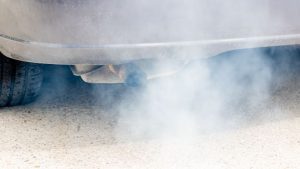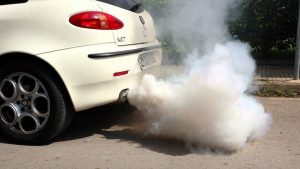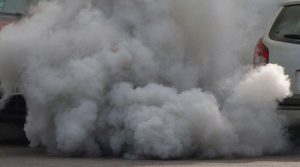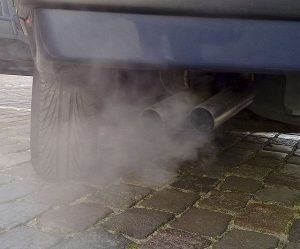Car Exhaust Smoke And What They Mean
Your car might be trying to talk to you, not with words, but with smoke. If you’ve ever noticed strange colors coming from your vehicle’s exhaust, it’s your engine waving a red flag. Different colors of smoke often signal serious issues under the hood, and knowing what they mean can save you money, stress, and even prevent roadside emergencies.
Let’s explore the types of car exhaust smoke and what they really mean, from blue smoke to thick white clouds, so you know when to act.
1. Black Smoke: Fuel Overload

Black exhaust smoke is usually caused by too much fuel burning in the combustion chamber. This can be due to:
-
A clogged air filter
-
Faulty fuel injectors
-
A malfunctioning fuel pressure regulator
-
Dirty or worn-out spark plugs
What it means: Your engine is running “rich” , using more fuel than necessary. Apart from increasing fuel consumption, this can damage engine components over time and harm the environment.
Fix it: Get a mechanic to inspect the air intake system and fuel injection setup. A diagnostic scan can pinpoint the exact problem.
2. Blue Smoke: Burning Oil

Seeing blue smoke from your exhaust, especially during acceleration or startup, indicates that oil is leaking into the combustion chamber. This could be due to:
-
Worn valve seals
-
Broken piston rings
-
Cylinder head issues
What it means: Your engine is burning oil instead of just fuel. Over time, this reduces oil levels, which can lead to overheating or engine failure.
Fix it: Don’t ignore this. Continuous oil loss can ruin your engine. Visit a trusted auto vehicle workshop like RYNO’s workshop for a compression test and valve inspection.
3. White Smoke: Coolant Leak

If your car emits thick white smoke (not just vapor), especially when the engine is warm, it may be a coolant leak into the engine. Likely causes include:
-
A blown head gasket
-
Cracked engine block
-
Damaged cylinder head
What it means: Coolant is being burned with fuel, which can severely damage your engine.
Fix it: Immediately. This issue is serious and can cause complete engine failure if left untreated. Have your cooling and engine system checked thoroughly.
4. Gray Smoke: Harder to Diagnose

Gray smoke can be tricky — it may point to:
-
A stuck PCV (positive crankcase ventilation) valve
-
Transmission fluid being sucked into the engine
-
Turbocharger failure (for turbocharged engines)
What it means: Depending on the cause, the issue could range from minor to major.
Fix it: Get it checked to avoid worsening the problem. A proper scan tool can help diagnose the source.
5. Thin White Smoke or Vapor: Normal in Cold Weather

Sometimes, what looks like white smoke in the morning is just condensation vapor. This is normal when your car first starts, especially in cold or humid weather.
What it means: No cause for alarm, it should disappear as the engine warms up.
Understanding car exhaust smoke and what they mean empowers you to make smart, timely decisions. Whether you’re driving a brand-new Toyota Camry or a used ride in Lagos traffic, recognizing early signs of engine trouble can save your wallet and your vehicle.
If you ever notice any colored smoke from your exhaust, treat it as your vehicle’s cry for help, and don’t wait too long to investigate.
At RYNO’s workshop, we offer expert diagnostics and professional repairs to resolve all smoke-related issues quickly and efficiently. Our team of certified technicians uses advanced tools to pinpoint and fix problems, whether it’s a leaking gasket, worn-out valve seals, or fuel system failure. Book a session with us today and drive with confidence, knowing your car is in expert hands.
Contact us today for more information (+234)9013333000)






